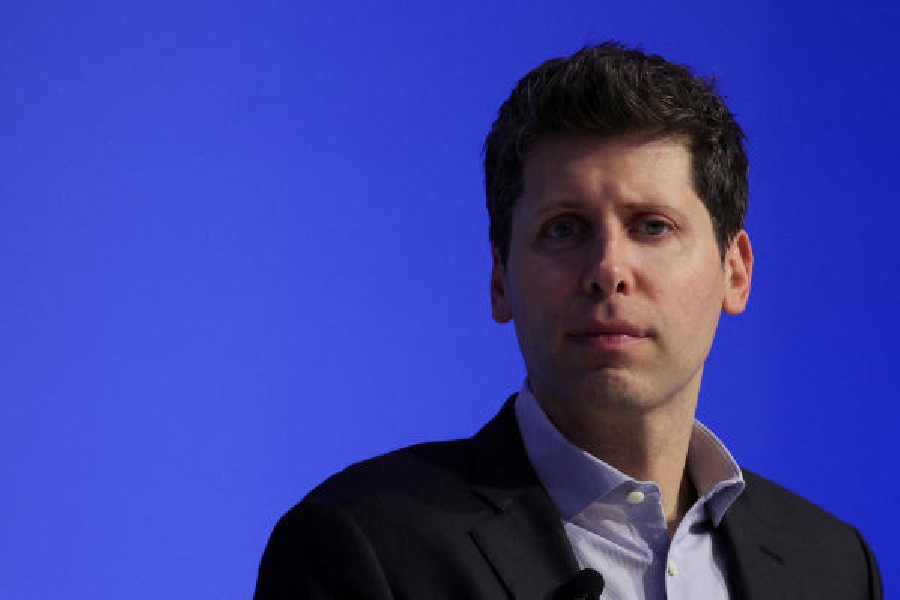Back in 2016, a scientific research organisation incorporated in Delaware and based in Mountain View, California, applied to be recognised as a tax-exempt charitable organization by the Internal Revenue Service.
Called OpenAI, the nonprofit told the US internal revenue service (IRS) its goal was to “advance digital intelligence in the way that is most likely to benefit humanity as a whole, unconstrained by a need to generate financial return”.
Its assets included a $10 million loan from one of its four founding directors and now chief executive officer, Sam Altman.
The application, which nonprofits are required to disclose and which OpenAI provided to The Associated Press, offers a view back in time to the origins of the artificial intelligence giant that has since grown to include a for-profit subsidiary recently valued at $157 billion by investors.
It’s one measure of the vast distance OpenAI — and the technology that it researches and develops — has travelled in under a decade.
In the application, OpenAI indicated it did not plan to enter into any joint ventures with for-profit organizations, which it has since done.
It also said it did “not plan to play any role in developing commercial products or equipment,” and promised to make its research freely available to the public.
A spokesperson for OpenAI, Liz Bourgeois, said in an email that the organisation’s missions and goals have remained constant, though the way it’s carried out its mission has evolved alongside advances in technology.
She also said the nonprofit does not carry out any commercial activities.
Attorneys who specialize in advising nonprofits have been watching OpenAI’s meteoric rise and its changing structure closely.
Some wonder if its size and the scale of its current ambitions have reached or exceeded the limits of how nonprofits and for-profits may interact.
They also wonder the extent to which its primary activities advance its charitable mission, which it must, and whether some may privately benefit from its work, which is prohibited.
In general, nonprofit experts agree that OpenAI has gone to great lengths to arrange its corporate structure to comply with the rules that govern nonprofit organizations.
OpenAI’s application to the IRS appears typical, said Andrew Steinberg, counsel at Venable LLP and a member of the American Bar Association’s nonprofit organizations committee.
If the organization’s plans and structure changed, it would need to report that information on its annual tax returns, Steinberg said, which it has.
“At the time that the IRS reviewed the application, there wasn’t information that that corporate structure that exists today and the investment structure that they pursued was what they had in mind,” he said. “And that’s okay because that may have developed later.”
AP











